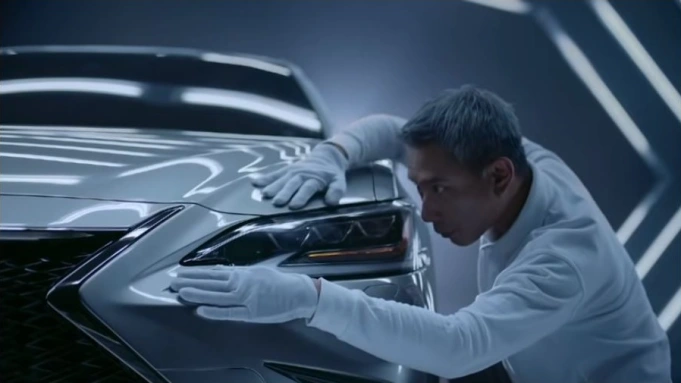Our agency’s artificial intelligence (AI) thinktank has been invested in the strategic application of AI in the work we do. That’s had me investigating the use of AI in creative advertising to identify strengths, weaknesses, opportunities and threats.
One of the first articles I stumbled upon was about the first spot scripted by AI for Lexus. To build the spot, an IBM Watson team used computing power to analyze 15 years of award-winning spots for automotive brands to determine what similarities existed, then scripted a spot (which humans, it is worth noting, then created).

I watched it, and I thought it was good. An interesting story well told in 60 seconds. There was emotion baked in. Suspense. A dramatic arc with a satisfying conclusion. While it might have been easy to panic in that moment and worry about the future of jobs like mine, I instead marveled at the underutilized promise and potential of AI in creative advertising. Yes, a machine had come up with the idea itself, but as a result of some very specific human inputs.
Lexus’ goal wasn’t just to create a spot, but rather a “good” spot. So, for starters, humans had to tell the machine what a “good” spot is. How would the computer know otherwise? Even then, the inputs are arbitrary, because who determines whether a spot is good or not? People watching Super Bowl ads at the same time in the same room often disagree on whether a spot is “hilarious” or “dumb.” Yes, a few spots will rise to the top, but it doesn’t make sense that all businesses and brands should follow the same creative formula that worked for Pringles one year, for example, or a cryptocurrency company the next. There are a lot of nuances to advertising that need to be factored in, and at this moment in history, a human is still responsible (read: necessary) for that.
The&Partnership London used “award-winning” as their input for what makes an auto spot a “good” one, having the computer analyze Cannes winners for inspiration. But as I argued in an RFP response we recently submitted, awards are nice, but you can’t fill your customer queue with them, and they don’t make the proverbial cash register ring. That’s why, as an agency, Motion has always been more interested in obtaining results than awards. What makes a spot “good” to us is that it results in more sales. Or appointments. Or whatever it is our clients are investing in advertising for in the first place.
Humans still decide whether advertising is good, consider: What if the criteria for “good” isn’t the number of awards an ad won, but rather how many times it was shared on social, or how many click-throughs to the website it received, or how many times someone completed a KMI form, or how many incremental sales were generated YOY as a result of exposure? How would that have changed the concept?
Little changes in the input can have significant changes in the output. I’d actually be curious to know if Lexus did sell any more cars as a direct result of that ad. And let’s not forget that the media buy plays a significant role in that. How many times did it air, and how many people saw it?
The biggest takeaway for me, though, as I considered the impact of AI on creative concept development for advertising is that human guidance and judgment is still required throughout the creative development process. We may begin looking to AI to expedite ideation, perhaps, or to come up with creative concepts we might otherwise not, but we still need to direct its thinking, evaluate and refine its product and ultimately determine the viability of an idea based on strategic realities that an AI-engine can’t access without human direction.
I use generators sometimes—not to produce work but to find inspiration. Most of what the machine spits out is garbage, in my human opinion, but occasionally, I find a nugget I never would have stumbled across on my own. And it empowers me to do better work, faster. Hasn’t that always been the goal?
Perhaps our industry’s first forays into AI-enhanced creative development should be of creative direction. We need to teach ourselves to become better teachers, coach ourselves to become better coaches and direct ourselves to become better directors by experimenting with a machine workforce if we hope to push the limits of what’s possible by using one. Learning as we go. Experiencing Eureka moments along the way. Ultimately domesticating the wild west of AI so we can expedite the development of “good” advertising, however we choose to define it.